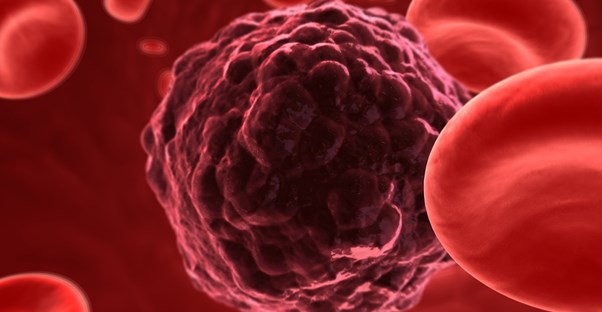Chronic myelogenous leukemia is the most widespread form and one of the most feared of leucosis. CML mostly targets adults, and only about 2% of all cases are diagnosed among children. Chronic myelogenous leukemia is not inherited, but there some inherited components of the disease.
What Is Chronic Myelogenous Leukemia (CML)?
It is caused by chromosomal failure in the cells of bone marrow, which is referred to as Philadelphia chromosome, which leads to excessive formation of leukocytes. The term "chronic" in the title emphasizes the fact that as a rule the disease develops rather slowly, although there are possibilities that it will pass into acceleration stage, when the development speeds up significantly. Although there are theories in development in regards to the emergence CML, the true reason for it is still unknown. Pathogenesis of chronic myelogenous leukemia as well as of the acute form has to do with the hyperplasia of hematopoietic tissue and the development of nidi of myeloid metaplasia in lymph nodes, liver, spleen, kidneys and other organs.
What Are the Symptoms of CML?
Chronic myelogenous leukemia, although beginning rather gradually, proceeds extremely erratically. CML symptoms develop slowly, and include the following: labored breathing, unexplainable loss of weight, excessive fatigability, and paleness as a result of anemia.
Other CML symptoms may include high fever, pains in joins and bones, neurologic pains, anorexia, cases of heart failure, and severe hemorrhages. And if the disease nears its end, a blast crisis will inevitably be observed among CML symptoms, which is basically characterized by the sudden aggravation of most of general CML symptoms. A blast crisis of leukemia is the terminal stage. The average lifespan of chronic myelogenous leukemia sufferers with the chemotherapy treatment applied regularly is around 57 years. Death comes at the time of blast crisis from infection complications and hemorrhage syndrome.
The final CML diagnosis requires blood tests and thorough analysis of bone marrow. The blood sample is studied under the microscope and the portion of leukocytes circulating in the blood flow is identified. The increased number of fully ripened and immature leukocytes (meylocytes and neutrophils) allows for the suspicion of CML. CML symptoms are further identified (or not) by means of study of the punctuate of the bone marrow, and the final diagnosis is then reached if/when the cells containing Philadelphia chromosome are discovered.
Chemotherapy vs. Bone Marrow Transplants
Although chemotherapy may slow the process down and cause a rather prolonged remission stage during which the number of leukocytes and the condition of the diseased are normalized, the transplantation of the bone marrow is the only known method of complete recovery. Unfortunately, bone marrow transplantation is not accessible to all who develop CML symptoms for a number of reasons. These include situations win which patients cannot handle the physical demands of transplantation, a compatible donor cannot be found, the patient is older than 50 and is past the 1st stage of CML, and, sadly, the patient cannot afford transplantation.




